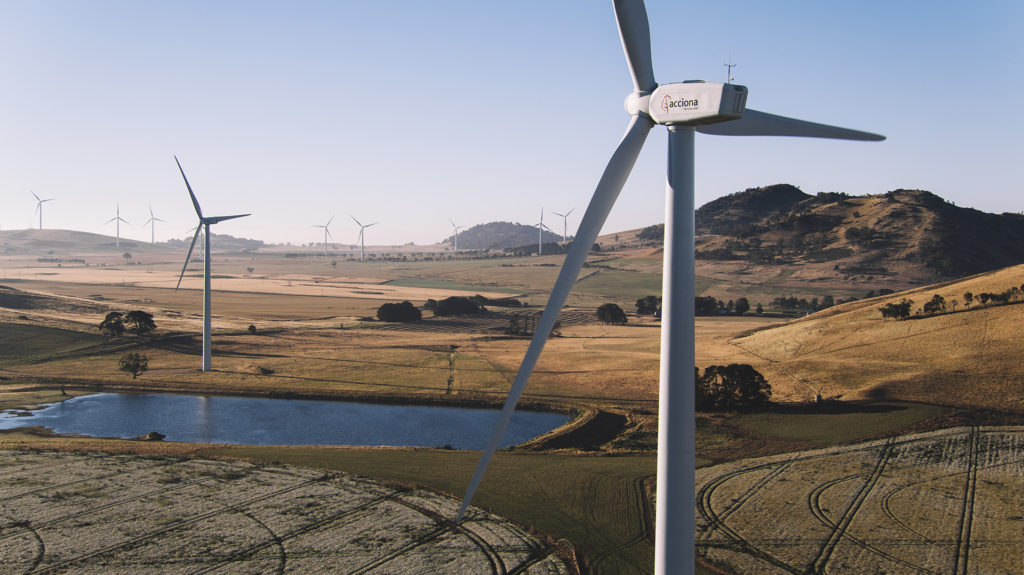Knowledge Up, Carbon Down
Welcome to the Knowledge Up, Carbon Down series.
We want you to master the transformation to renewable energy in Australia, leading communities into the
zero-carbon world with ZEN. Click play and learn more about the Energy industry terms.
EPISODE 1 – MW x MWh
Transcript
Hi, my name is Lara Reid; I work at ZEN Energy.
I get laughed at a little bit in the office because I love a whiteboard. But I’m going to use my trusty whiteboard here today to explain the difference between
Megawatts and Megawatt hours.
So, we’ve got a hypothetical solar farm scenario here. Stay with me on the bucket; that will make sense later on.
This solar farm is a 10-megawatt farm. So that’s the installed capacity of the solar farm. It’s going to run for two hours at optimal weather conditions, and it’s going to generate
20 Megawatt hours of electricity over that period of time, and that’s what they are permitting.
Another way to think about that is a hose in a bucket scenario. So in this scenario, it’s the size of the hose, which is measured in Megawatts, and it’s the volume of the bucket that’s measured in Megawatt hours. A one-megawatt hose running for five hours will produce five-megawatt hours of volume.
Just to recap, Megawatts is installed capacity and Megawatt hours is electricity generated.
I hope you find that helpful, and if so, give us a thumbs up.

